The 5 principles of responsible packaging in e-commerce
Written by
Editorial TeamPublished on

Consumers can no longer imagine life without online trade. Goods can be easily delivered to your home via the internet. Customers place special demands on the packaging: it should be safe, sustainable and easy to open. Of course, product protection is still at the top of the list.
With a turnover of almost 100 billion euros in 2021, online retail continues to grow in Germany. According to the German Bundesverband E-Commerce und Versandhandel (bevh), this corresponds to a growth of 19 percent compared to the previous year. Especially due to the limitations of the corona crisis, more and more people are discovering shopping via the internet for themselves. Online shopping is convenient and can also be done with a smartphone or tablet occasionally. But because shopping is increasingly impersonal, the unpacking experience plays an important role.
You can’t do it without packagingAccording to a study by the German STI Group, consumers attach more importance to packaging than suppliers assume. Size is particularly important, because according to the study, customers are mainly annoyed by packaging that is too large and contains a lot of filling material. Quick opening is also important; here, for example, boxes and cartons with a snap-on lid, tear-open function or perforation are recommended. But customers in e-commerce are also attaching more and more importance to sustainability and eco-friendly packaging. For every second respondent in the study, the type of packaging reflects the retailer’s environmental protection. With appropriately sustainable packaging material, retailers are not only supporting the environment, but they can also score points with their customers.
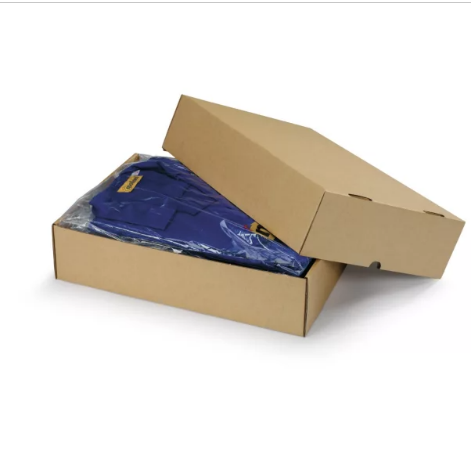
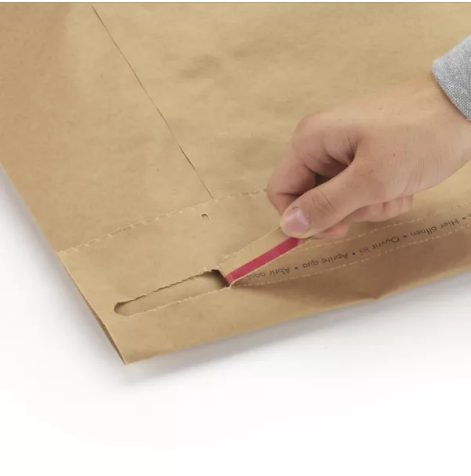
Boxes and cartons with snap-on lid and tear-open function make opening easier for customers
In a consumer survey conducted by the management consultancy Simon-Kucher & Partners in 2021, almost three quarters of the respondents said they value sustainable packaging. Even more, namely 83 percent, declared themselves willing to pay more for it. On average, the accepted surcharge was 6.5 percent. Perhaps some sustainable solutions do not yet have the same price as conventional ones, but this will change as demand increases and further development takes place. In the long run, customers will actively deselect suppliers who neglect the issue.
RAJA is constantly working on adding new innovative and, above all, sustainable packaging solutions to its range. By the end of 2022, at least 75 percent of the packaging is to be eco-friendly. Most of the company’s paper and cardboard packaging is FSC and PEFC certified. In addition, no new plastics will be added to the range and only products made from recycled and recyclable plastics will be offered.
A successful circular economy requires extending the life cycle of products by reusing, repairing and refurbishing them as often as possible. On this basis, RAJA also exemplifies the responsible use of resources and is guided by the five principles of reduce, reuse, replace, renew and recycle.
#1 Reduce
In principle, packaging waste is to be avoided, as now also enshrined in the new Packaging Act (VerpackG) 2022. According to this, packaging should be distributed in such a way that packaging volume and mass are kept to a minimum so that the safety and hygiene of the goods meet the required standards. Of course, the ideal would be to use the appropriate packaging for each product size, but most online shops have more than one product on offer. Therefore, one-size-fits-all packaging is often used, with the result that the carton is significantly larger than the contents.
Possible solutions include height-adjustable boxes, telescopic boxes or custom-made boxes. Nevertheless, in most cases it is not possible without padding. If goods arrive damaged at the consumer’s, return and new shipment are at the expense of the environment and the supplier’s image.
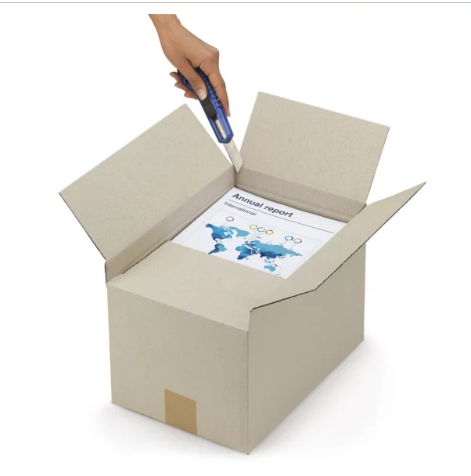
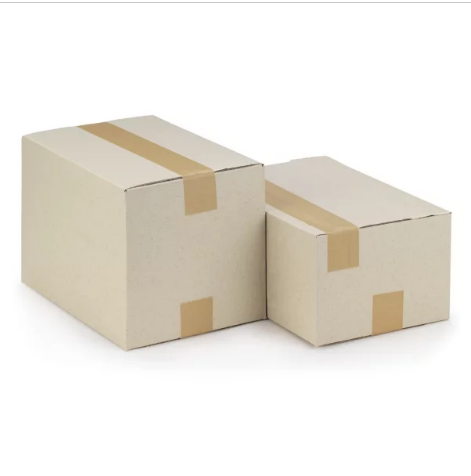
With height-adjustable boxes, packaging can be adapted to the product size
#2 Reuse
Of course, retailers want to keep returns as low as possible. Nevertheless, this aspect can’t be completely disregarded, as customers can’t try on or touch the goods in contrast to stationary shopping. It is therefore advisable for retailers to send the ordered goods in packaging with a double adhesive seal, for example a resealable paper bag.
In addition, it helps to see packaging not only as a throwaway product, because in addition to product protection, they offer another real added value: they serve as a marketing tool. For example, QR codes with additional information or product videos can be placed on them. Personalised packaging acts as a brand ambassador and achieves a WOW effect that remains in the memory. So the packaging provides a surface for advertising messages that also aim to create long-term customer loyalty.
#3 ReplaceThis refers to replacing packaging with a high environmental impact with environmentally friendly alternatives that can also be recycled. Examples therefore are replacing PVC or PP adhesive tapes with paper packaging tape or wet packaging tape. Edge protectors made of cardboard are more ecological than those made of Styrofoam and no less effective. Meanwhile, there are even paper alternatives for strapping tape or stretch film. Whether paper alternatives always make sense must be weighed up. Paper packaging, for example, is not always stable and often offers only minimal protection in appropriate weather conditions. In contrast, plastic fulfils many requirements as a packaging material: it makes goods transportable and storable, ensures hygiene, quality, and the integrity of products and, finally, offers a functional barrier, for example against contamination, germs, air, light or moisture. This is particularly important for most foodstuffs and medicines.
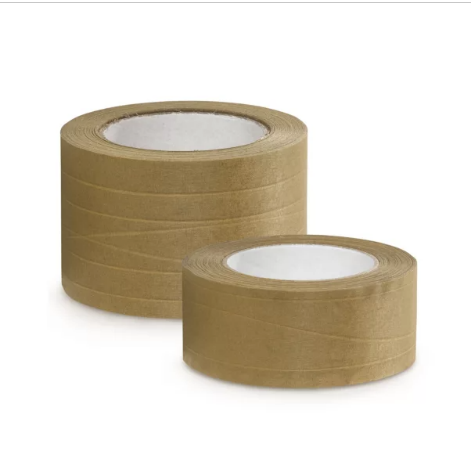
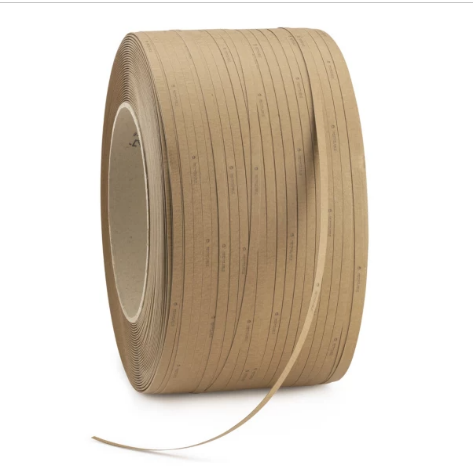
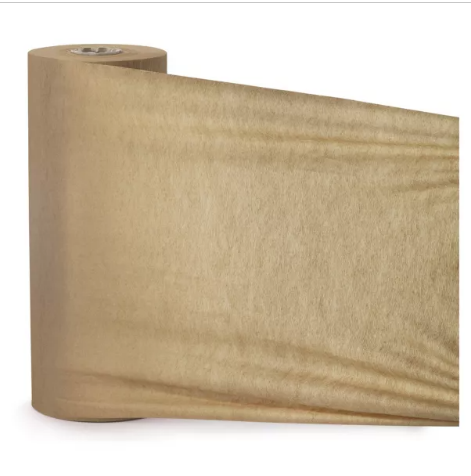
There are already paper alternatives for many plastic packages. Whether their use makes sense has to be weighed up individually
Consequently, there is no such thing as the right packaging for everything. Instead of focusing on one particular packaging material, it is important to preserve the diversity of packaging – and to expand and constantly improve the various recycling and reuse processes. And so it is: collect, separate, and dispose correctly. Because only if products are fully recyclable they can contribute to an environmentally friendly circular economy in the long run.
#4 Renew
The resources of our earth are finite and must be protected. To prevent the exploitation of our planet, regeneration and renewal of renewable resources must be ensured. The use of bio-based materials, i.e., renewable raw materials, is also desirable for packaging. However, even though there are already many good alternatives, in some applications it is not possible to do without the use of plastics to ensure product protection.
Packaging made of grass
One product that is making the rounds in the media is grass-based cardboard. However, it remains a niche product because we cannot satisfy our hunger for paper with it either. Moreover, it does not solve the problem of not needing fresh wood. Grass paper is slightly greenish or beige with pieces of hay in it, but consists of max. 50% grass, the rest is normal fresh or recycled pulp. It is a temporary solution to conserve resources and shorten transport distances, because the grass comes from regional compensation areas a short distance from the paper mill and can be harvested several times a year.
Packaging made of wood
Everything made of wood or paper is generally considered environmentally friendly, especially since we still have a very good recycling rate in Germany at 79 percent. Where possible, we use FSC-certified paper, i.e., wood from sustainable forestry. But already today we cannot meet our paper needs from sustainable forestry. The German paper industry, ranked 4th in the world, imports 58% of the pulp it uses, 31% of which comes from the Brazilian rainforest. And many consumers do not know that.
Packaging made of sugar cane, peas, corn and potato starch
Plastic is now made from all kinds of things. However, stretch film made from sugar cane makes no sense if the rainforest was cleared for its cultivation (besides people more often looking for healthier sugar substitutes anyway). In contrast, potato starch-based products are very interesting, especially since industrial peeling waste is usually used here. If rubber glue can be replaced by potato-based glue, this is a step forward for the environment. However, new mushroom packaging or stone paper that has appeared on the market will probably remain only a niche product.
It is important to distinguish between biobased and biodegradable products. Biobased means based on renewable raw materials. Biodegradable is the same as compostable. However, since very little packaging ends up on the compost heap, it interferes with the recycling process. In industrial composting plants, plastic particles remain because the composting time is not long enough for complete decomposition. Whole batches of recycled material become inferior due to small amounts of biodegradable material.
And so, we get to recycling.
#5 Recycle
The goal is to achieve a circular economy, regardless of the material used. In doing so, the RAJA Group wants to be part of a positive cycle by promoting the recycling of packaging and paying attention to the recyclability of the products it offers. In Europe, 71.4 percent of paper and cardboard was recycled in 2021, unfortunately a declining trend (-1,9 %). This is according to the European Paper Recycling Council 2021 report. Nevertheless, Europe is the front runner, followed by North America.
With the commitment to recycle 76 percent of used paper by 2030, the European paper value chain has renewed its pledge to contribute to a new circular economy model. The published 2021 Monitoring Report is the first report to monitor the recycling commitments of the paper value chain under the new European Declaration on Paper Recycling 2021-2030.
In general, preference should be given to materials that can be easily recycled and thus reused. Packaging made from recycled materials is just as important in terms of sustainability as packaging made from renewable raw materials, as it uses no or fewer natural resources.
In the meantime, there are products with a high recycling content for all areas. Apart from the current scarcity of resources, there are more and more manufacturers bringing innovative products to the market and more and more companies demanding them.
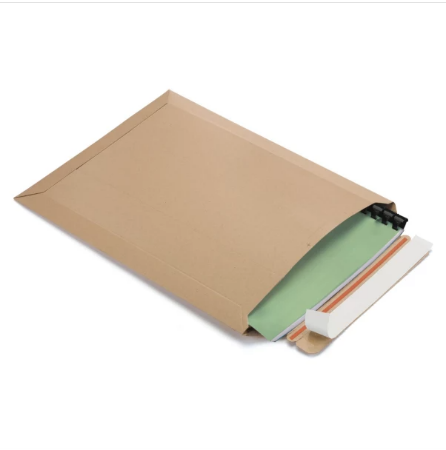

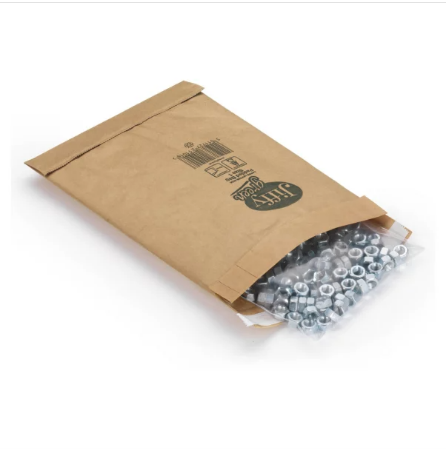
Envelopes and mailing bags with 90 %, 80 % and 65 % recycled material
However, we still must convince the end consumer. While many people say they value sustainable packaging, recycled materials are usually not as transparent, bright or printable. The consumer must get used to that. And that is exactly why it is important to label recycled materials accordingly, in order to create more awareness for the circular economy. RAJA is happy to accompany you on your way to sustainable, economical and personalised packaging. Visit us in hall 3, booth A5.2


